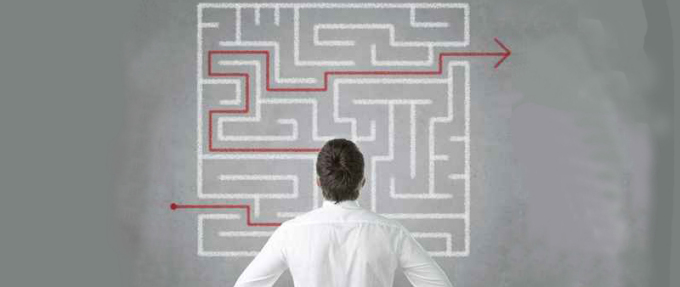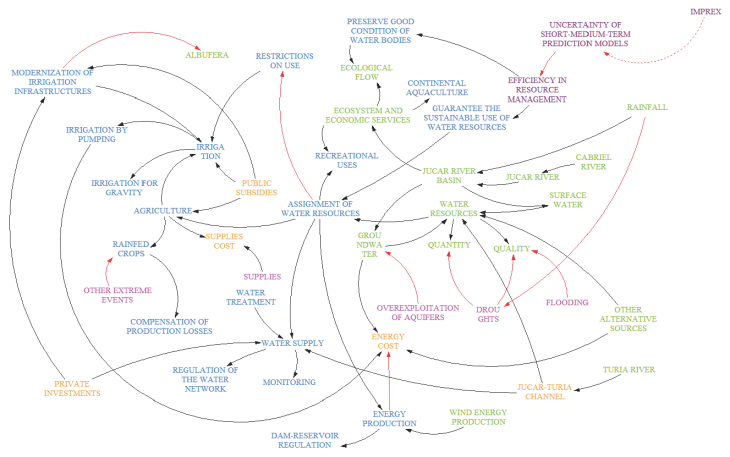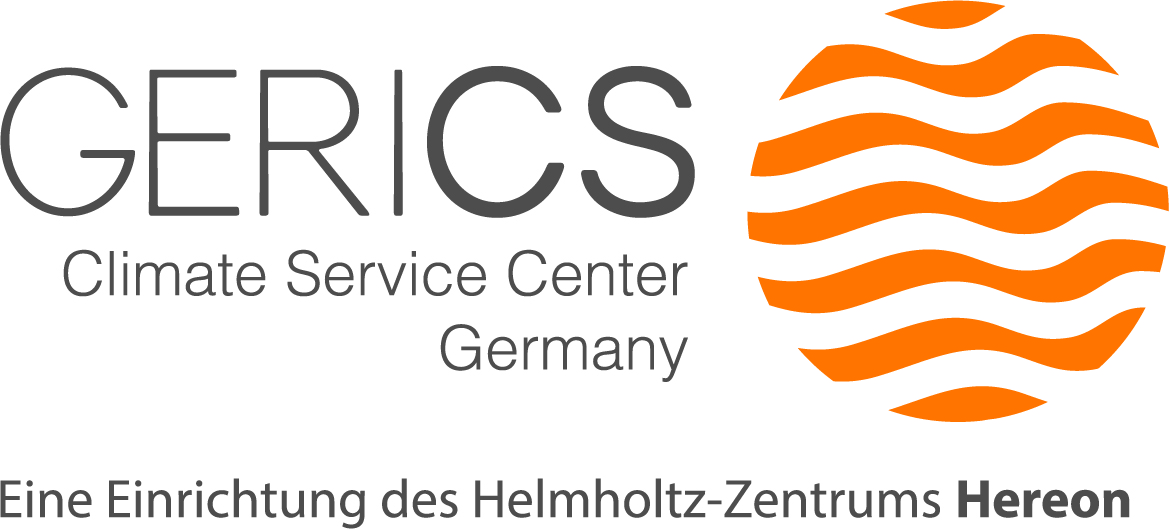
Decision support and Governance tools
Prioritisation tool
The selection and ranking of adaptation measures and their implementation are critical processes when it comes to restricted budgets and time. There is a need for decision-makers, at the governmental and non-governmental level, to have tools for the prioritization of adaptation measures that can address their – usually limited – financial resources and socio-economic conditions. Such tools should not only be based on cost-benefits analysis, which according to literature, sometimes can lead to maladaptive assessment but also include multiple criteria that reflect the social, environmental and economic perspectives of climate change.
Example - Report 18: Prioritisation Method for Adaptation Measures to Climate Change in the Water Sector
Multi-criteria decision finding (MCA)
MCA is a systematic way for decision makers to make sense of the amount of information that is needed and relevant when making choices for adaptation. It enables decision makers in the private and public sector to create a structured decision framework for compering different adaptation options against manifold criteria that will include their priorities and values.
MCA supports decision making under complexity by breaking down the problems into manageable units. MCA supports the systematic incorporation of quantitative and qualitative data including also stakeholder preferences or political priorities or restrictions.
The capital approach for governance performance assessment (CAF)
The Capital Approach Framework (CAF) is developed based on the concept of capitals (Smith, 1776; Godwing, 2003; UN, 2008) and the linkage between capitals and sustainability (Scoones, 1998; Serageldin and Steer, 1994). The reason of that link lies on the idea to foster sustainable entities or organizations (MSPs in our context) which deal with risk management. We consider sustainable organizations as effective organizations, which maintain their resources by themselves and have the ability to achieve expected results. The CAF supports the analysis of governance performance by using five capitals (social, human, political, financial and environmental).
This methodology have been developed at GERICS in the EU-FP7 project ENHANCE.
Projekt ENHANCE
Participatory modelling (PM)
The aim of PM is, to involve tall interested parties and its knowledge in the modelling process for decision making purposes. It is a way of engaging non-scientists with scientist and introduces a new perspective for both the modeler and the stakeholder. The PM process helps to structure the problem and perception of it, to describe the system as understood by the different groups participating in the process, to create a computer model of the system and to use the model for simulating impacts, policy interventions, or different management options.
In GERICS we are using it in the project IMPREX combined with System Dynamic modelling. IMPREX focuses on water-related natural hazards events, such as floods and droughts and their consequences. IMPREX invests in improving current state-of-the-art forecasting systems and puts current experience with extremes in a future context. A major goal within IMPREX is to customize climate information to stakeholders’ needs. The approach makes use of participatory modeling concepts, adopting and feeding back to the stakeholder decision making process. The approach allows a thorough evaluation of cross-sectoral and cross-regional impacts of hydrological hazards (e.g. floods affecting simultaneously safety, dam operation, transport, economic damage, etc.).
Homepage IMPREX
Group model building techniques
Group-model building is a specific type of participatory modelling with the added value of including several stakeholders in one modelling session. This allows stakeholders of different perspectives to interact directly with each other, possible conflicts can be tackled and eventually even a common solution/way forward will be found. At GERICS this method is applied in the EU-project IMPREX and KNOW-HOW.
Group model building allows the collection of data and interpretation of the reality from different perspectives.
System dynamics modelling
System dynamics is a modelling approach that supports the understanding of the non-linear behavior of complex systems over time. It supports the framing, understating and discussion of complex problems.
System dynamics also support the connection of different models providing a basis for quantitative and qualitative system analysis, what we called at GERICS Interdisciplinary knowledge integration (IKI). Interdisciplinary knowledge integration, coming from different sources, at different temporal and local scales and under different socio-economic influences, is a challenge that we intend to address. Interdisciplinary knowledge integration (IKI) should be understood as the basis for climate services provision, starting the process of condensing multiple knowledge sources (climate models, economic models, hydrological models, etc) into a conjoint model that can be used to support science-based user decisions. Formal knowledge, as well as knowledge from of local users and experts, is of high value for this approach.

Example for system dynamics modelling © GERICS
Our IKI approach should be understood as a way of addressing the incomplete knowledge of a complex system dynamic to support well-informed decisions and policy making for adaptation. IKI follows the subsequent structure: a) problem identification and structuring using individual model building exercises; b) problem analysis using group model building exercises; c) a family of models to provide results that can be used at the local level for making decisions and d) simulations showing efficiency tendencies when it comes to the optimization of the decision processes for adaptation. In such transdisciplinary model formations, the process of system description and problem framing is a key element for successful climate services creation.
In GERICS we develop system dynamic models for different purposes including also work in some of the Horizon2020 (e.g. IMPREX, NAIAD) projects in which we are involved.
Kosten-Nutzen-Analyse und verwandte Methoden
Kosten-Nutzen-Analysen stellen einen weiteren Ansatz zur Entscheidungsunterstützung dar. Abhängig von der konkreten Fragestellung können diese mit unterschiedlichen Detailierungsgrad durchgeführt werden. Sie werden verwendet, um verschiedene Handlungsoptionen zur Zielerreichung vergleichbar zu machen. Bei Fragestellungen im Zusammenhang mit der ‚Umwelt’ oder dem Klima können häufig nicht alle bewertungsrelevanten Größen in Geldeinheiten ausgedrückt werden (oder dies ist nur zu prohibitiv hohen Kosten möglich). In diesen Fällen stellen Kosten-Wirksamkeits-Analysen, Kosten-Nutzwert-Analysen und vergleichbare Instrumente eine Alternative zu Kosten-Nutzen-Analysen dar.
